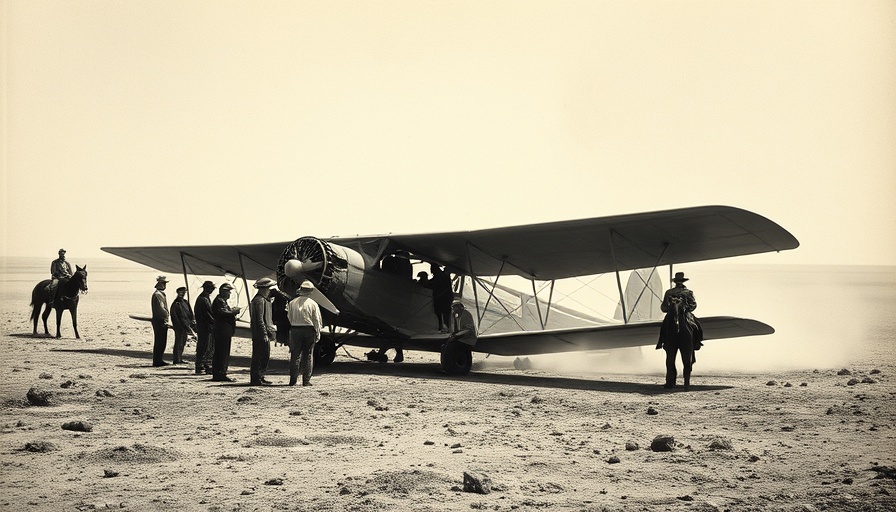
The Birth of Aviation Tragedy
On September 17, 1908, a pivotal moment in aviation history unfolded when Lt. Thomas E. Selfridge became the first individual to die in a powered aircraft crash. This tragic event occurred during a demonstration flight of the Wright Flyer at Fort Myer, Virginia. Orville Wright piloted the aircraft, and despite surviving the crash, the incident underscored the inherent dangers of aviation during its infancy.
Contextualizing a Historic Crash
The significance of Selfridge's accident extended beyond mere statistics; it marked a shift in public perception about the safety and reliability of flying. While Selfridge’s death was a devastating blow to his family and friends, it propelled the aviation community into serious discussions about safety protocols that needed to be established.
Legacy of Innovators
The shadows cast by this crash led to advancements in aircraft design and safety measures that not only would save lives but also help aviation flourish into a critical aspect of global transport and economy. Today's aircraft are the result of lessons learned from early tragedies, including thorough testing of designs and strict compliance with safety regulations.
The Evolution of Aviation Safety
Since 1908, the aviation industry has witnessed remarkable transformations. The implementation of the Federal Aviation Administration (FAA) and the development of sophisticated navigation systems have ensured that air travel is one of the safest modes of transportation today. Reflecting on history like the accident that befell Selfridge allows us to appreciate the strides made in aviation technology.
Commemoration of Historical Milestones
September 17 also bears witness to other pivotal historical moments. From the signing of the U.S. Constitution in 1787 to the impactful Camp David Accords in 1978, this date resonates with significant achievements beyond aviation. Just as these events shaped the political landscape, the tragedy of 1908 shaped aviation regulations that protect us today.
Knowledge about these events is vital. It reminds us that continued innovation is born from challenges, and it encourages present and future aviation professionals to prioritize safety above all else. Embracing our history prepares us for a future filled with possibilities.
 Add Row
Add Row  Add
Add 




Write A Comment